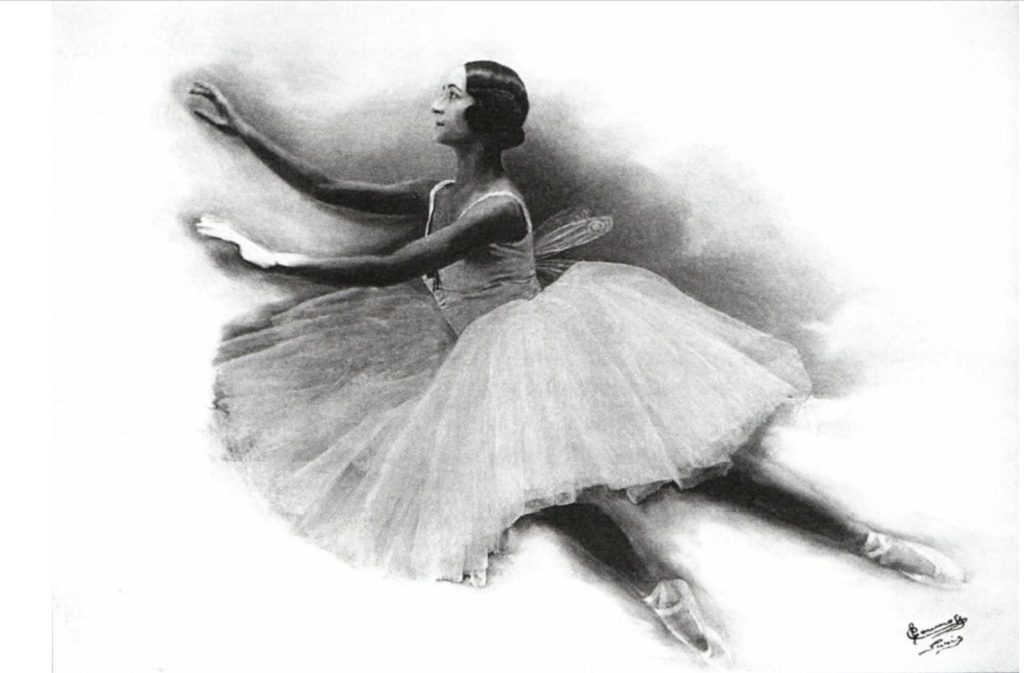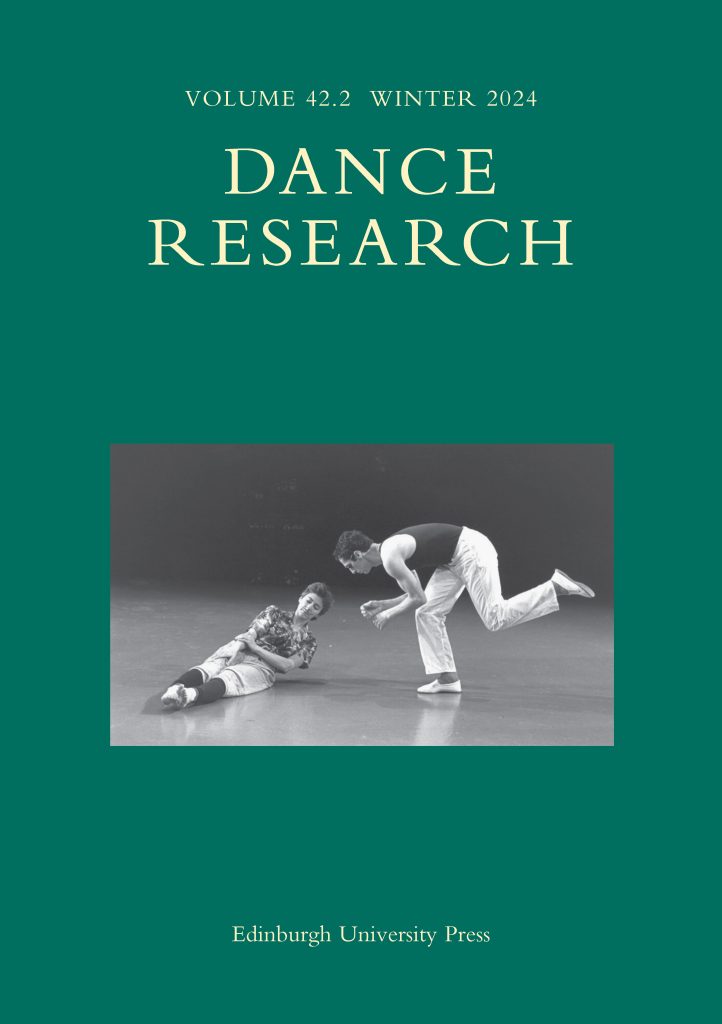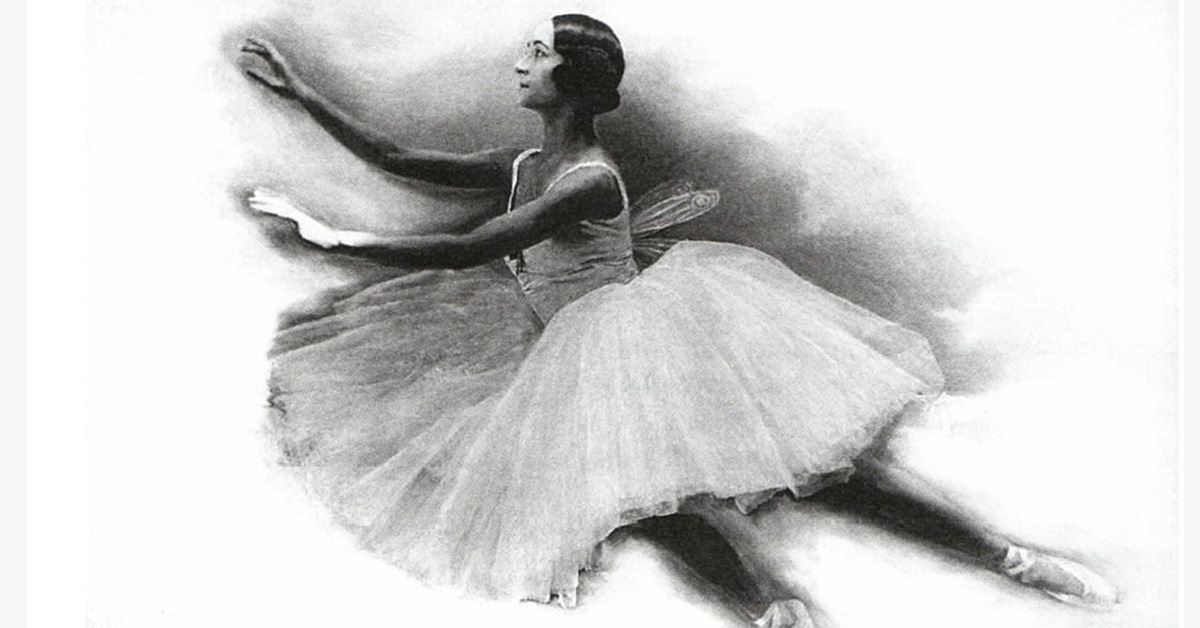
by Sebastian Cody
Towards the end of a long and esteemed life, the writer, critic and ballet historian Clement Crisp found himself besieged by a new admirer. Fresh to ballet history, I was researching the refined entertainments of the 19th century Russian Imperial court and noticed Crisp had singled out an unusual character. I got in touch.
Crisp became something like a mentor in the early days of my work. Our phone calls could go on for hours. His tips for where to look were always spot on, as were his tough warnings. ‘Beware of the ninnies’, this sharp-tongued expert would say, and the more ballet history I read, the more I was grateful for his alerting me to the many and varied dangers of the published literature.

Challenges in ballet historiography
Though having spent years sharing an office with the late Jerome Kuehl, a scrupulous Oxford historian who set up a TV production company with me, I had not been trained in history, let alone to Jerry’s high academic standards. Nor, despite a long-standing love affair with dance, did I know much ballet history. But reading into the field, it became clear that even for an art form that crosses over into ‘showbiz’, some writers have allowed themselves much licence.
Recent publications include:
- A ballet book of imaginative reconstruction, stuffed with supposition and fiction, that nonetheless seeks to be categorised as ‘history’
- Another which sees freemasonic symbols underpinning 19th century ballets yet without adducing a shred of evidence
- A ballet reference volume published by a university press that derives from Wikipedia articles
Standards could be higher.
Misinterpretations and corrections
Sadly many writers of ballet history seem happy simply to copy out, like schoolchildren, that which has already appeared in earlier, but not necessarily reliable, texts. For example, one set of stories, which turn up in just about all studies of the history of the Sleeping Beauty ballet, derive from the ‘memoirs’ of someone who was three years old at the time.
There is worse. Yuri Slonimsky, doyen of Russian writing on ballet history for decades, demonstrably tampered with the sources. Slonimsky’s otherwise excellent scholarship influences the field to this day, but is called into question by his inventing a quote to buttress an argument. A letter by Tchaikovsky, written in French but published in Russian, gains an interpolated smear in Slonimsky’s ‘translation’, words which Tchaikovsky did not write. Many later works quote this letter but use the Russian mistranslation, or confabulation, created seemingly by Yuri Slonimsky himself.
When I wrote about the creation of the Sleeping Beauty, in an article published by the Royal Opera House on the occasion of their revival of the ballet, I received a distressed communication from a highly respected Russian researcher, someone with a worldwide reputation for exactitude. They wondered where a wrong idea about the great choreographer Marius Petipa’s attitude to Russia had come from. ‘From Petipa’s diaries’, I replied. They argued that Petipa wrote no such thing. ‘Did you read the original French texts or only the shortened and bowdlerised Russian translation’, I countered? No reply. Ballet has always been an international trade, and the many languages and cultures involved add to the research challenges.
The importance of rigour
Historians begin with sources, records, documents (as Norman Stone was wont to say, that’s why so many history PhDs count goat droppings in medieval France). How to handle evidence correctly – checking for consistency, corroboration, bias, then critically evaluating the information, and presenting verifiable conclusions, a delicate exercise demanding training as well as a passion for thoroughness, accuracy and objectivity – has given rise to its own disciplinary debates. But when looking at the curricula of university departments where ballet history can be studied, one searches in vain for lectures on historiography or seminars on methodology, as are found in more traditional faculties. Small wonder the resulting work is often flawed.
There are of course distinguished exceptions. Britain has been lucky in that its first generation of ballet historians were good and reliable. The groundbreaking writings of Cyril Beaumont, Ivor Guest, Arnold Haskell and Mary Clarke are still worth reading today.
More recently an encyclopaedic biography of Petipa has been impeccably researched by Nadine Meisner. And the Frenchness of Tchaikovsky has been illuminatingly worked on by Lucinde Braun, volumes published not, as might be imagined, in Russian or French, but in German.
In the US Lynn Garafola and Doug Fullington and Marian Smith have just published very different but equally impressive ballet books, the fruits of decades of research and thought. And Professor Roland Wiley is about to publish his magnum opus on Petipa. Wiley is without doubt the greatest living ballet historian (unlike so many other writers, he always shows his workings) so this is a significant event.
Finally, a short commercial is perhaps appropriate, to draw attention to an article published in Dance Research by the Russian American researcher Sergey Belenky and myself to celebrate the centenary of the defining 1924 production of the ballet Giselle in Paris. Our article seeks to correct previous accounts of this production so we (given this blog, more especially I) are setting ourselves up for a fall. But we welcome scholarly criticism, as only that way can the writing of history move towards truth.

Dance Research, the journal of the Society for Dance Research, is essential reading for those involved in the study and practice of dance. The journal covers dance worldwide both from a historical and contemporary perspective, engaging with current debates on dance and across cognate disciplines with dance at the centre of inquiry.
Sergey Belenky’s and Sebastian Cody’s article, The Accidental Giselle: Paris 1924, is available to read in Issue 42.2 of Dance Research.
Sign up for TOC alerts, subscribe to Dance Research, recommend to your library, and learn how to submit an article.
About the author

Sebastian Cody has been responsible for many TV programmes including the BBC’s 90th birthday tribute to ballet legend Sir Peter Wright. After eighteen years attached to the University of Oxford, he is now at the University of Westminster. This year saw publication of his study of a renegade Abwehr officer.





